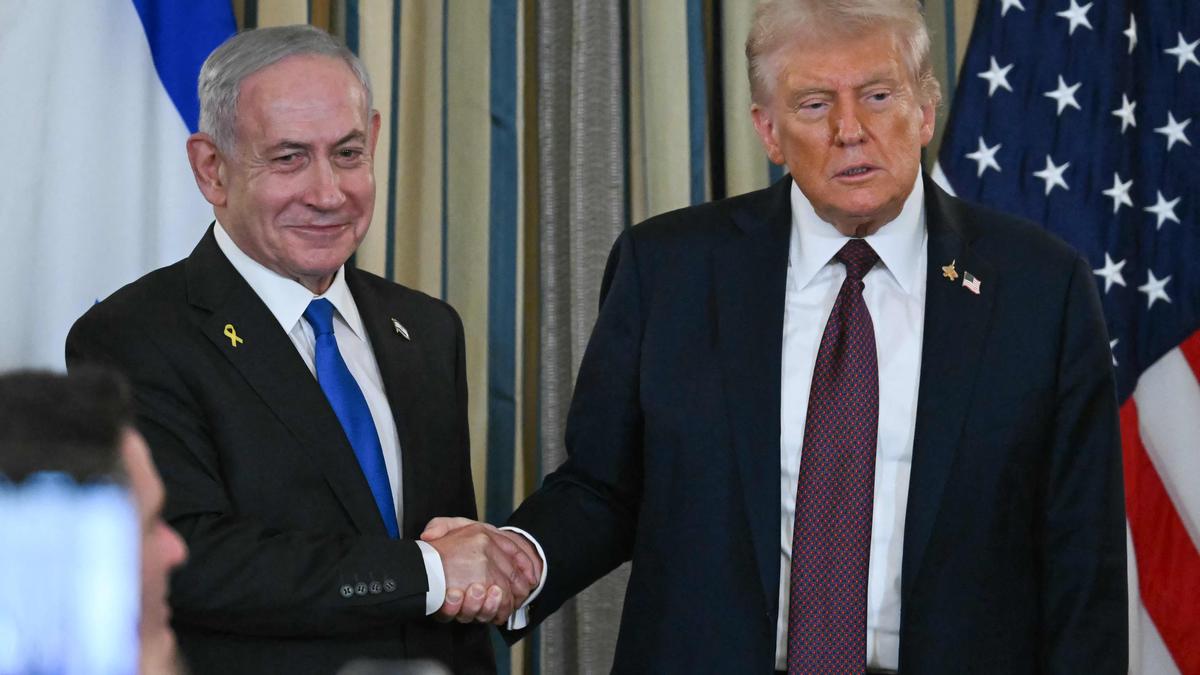17 October 2025 The Hindu Editorial
What to Read in The Hindu Editorial( Topic and Syllabus wise)
Editorial 1: None too soon
Context
The early arrival of the northeast monsoon brings good news for farmers, promising better rainfall and improved crop growth.
Introduction
The early arrival of the northeast monsoon on October 16 has brought relief and hope to southern India. For Tamil Nadu and coastal Andhra Pradesh, this rainfall is a lifeline for agriculture and water security. However, with the India Meteorological Department (IMD) predicting above-normal rains, the focus must remain on preparedness, flood control, and protecting lives and livelihoods.
Early Arrival of the Northeast Monsoon
- The northeast monsoonreached southern India on October 16, a few days before its normal date of October 20 ± 7 days.
- It brought reliefto Tamil Nadu and coastal Andhra Pradesh, where rain supports farming and helps in disaster control.
- The IMDpredicts above-normal rain — more than 112% of the long-period average (LPA).
Monsoon Facts and Forecast
| Feature | Detail |
| Normal onset date | October 20 (± 7 days) |
| Actual onset (2025) | October 16 |
| Forecast | Above 112% of LPA |
| Rainfall share (1971–2020) | Tamil Nadu – 48% of annual rain; Andhra Pradesh – 30%+ |
| Cyclones expected | At least 3 in Bay of Bengal |
| New concern | More cloudbursts and urban floods |
- A study by the Indian Institute of Tropical Meteorologyshows cloudbursts are rising.
- People in Chennaistill fear floods after repeated disasters in the past decade.
Government Preparedness
- The Tamil Nadu governmentis building a real-time flood-forecasting system for Chennai.
- It will help control water releasefrom nearby reservoirs to reduce flood risk.
- Other southern States are also training teams and updating machineryfor emergencies.
- Better coordinationamong agencies has already reduced deaths during floods.
Challenges and Public Role
- Stormwater drainsand city water channels are still poorly maintained.
- Some residents dump waste in lakes and rivers, worsening blockages.
- This shows a lack of community ownership, as citizens often blame only the State.
- Real safety needs both civic responsibility and government action.
Farm Sector Concerns
- Farmers face a shortage of fertilizers, especially urea.
- Chief Minister M. K. Stalinwrote to Prime Minister Modi asking for help.
- Other monsoon-dependent States also reported shortages.
- The Union Agriculture Ministryraised urea supply for October — it was 65 lakh tonnes last year.
Conclusion
As the monsoon promises both abundance and risk, coordination across all levels of government becomes crucial. Cities must strengthen drainage systems, and citizens must act responsibly to prevent waterlogging and pollution. With timely planning, improved infrastructure, and community participation, the region can turn heavy rains into a blessing, reducing damage while ensuring sustainable growth and resilience.
Editorial 2: New dawn
Context
Lasting peace in West Asia depends on finding a fair and lasting solution to the Palestine issue.
Introduction
During his speech to the Israeli Parliament (Knesset), U.S. President Donald Trump announced that the Hamas–Israel ceasefire marked “the historical dawn of a new Middle East.” His 20-point peace plan, praised by Arab and Muslim leaders at the Sharm el-Sheikh summit, raised hopes for peace, yet the region’s deep political and religious divisions remain unresolved.
Trump’s Ceasefire Announcement
- During his speech to the Israeli Parliament (Knesset), S. President Donald Trumpannounced that the ceasefire between Hamas and Israel marked “the historical dawn of a new Middle East.”
- The Sharm el-Sheikh summitin Egypt saw Arab and Muslim leaders praise Trump’s 20-point peace plan.
- While many called him a peacemaker, experts warned that the region’s deep conflictscannot end overnight.
Ceasefire and Its Impact
| Aspect | Details |
| Ceasefire Status | Holding for now, with both sides releasing hostages and prisoners |
| Immediate Effect | Relief for Palestinians and Israeli hostage families |
| Next Challenge | Implementing future phases and maintaining peace |
| Summit Outcome | Joint declaration by Egypt, Qatar, Türkiye, and the U.S. |
- The declaration promised to protect the rightsof both Palestinians and Israelis, and to fight extremism.
- However, it avoided key issueslike Hamas’s disarmament and Israel’s presence in Gaza.
Trump’s Promises and Reality
- Trump claimed Hamas agreed to disarm, warning, “If they don’t, we will disarm them — perhaps violently.”
- Yet, Israel, even after two years in Gaza, has not disarmed Hamas.
- He also said the Iran threat was neutralised, but Iran remains powerfulin the region.
Regional Complications
| Group/Country | Situation |
| Hezbollah (Lebanon) | Still strong in politics despite military losses |
| Houthis (Yemen) | Control major cities, including Sana’a |
| Iran | Maintains regional influence despite U.S. pressure |
| Arab States | Now worry about Israel’s military actions, like the bombing of Qatar |
- These tensions show that the Middle East remains unstable, and peace is fragile.
What Needs to Be Done
- Trump should focus on keeping the Gaza ceasefire intact.
- The next goal is to make Hamas give up powerin Gaza and press Israel to withdraw.
- After that, the U.S. and its Arab and European alliesmust build a road map for a Palestinian state.
Conclusion
Despite claims of a “new Middle East,” the region’s conflicts and power struggles continue. Hamas’s disarmament, Israel’s occupation, and Iran’s influence remain major obstacles. For true peace, the focus must be on holding the Gaza ceasefire, promoting Palestinian statehood, and ensuring justice and security for all. Without these steps, Trump’s promises risk becoming empty rhetoric.
![]()


